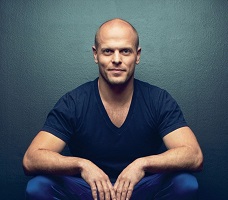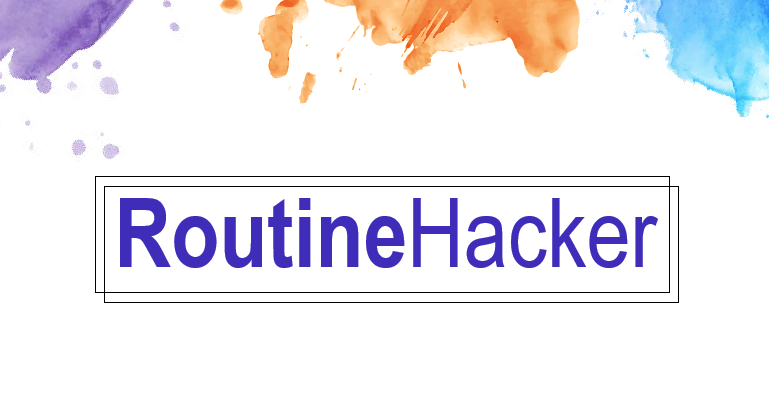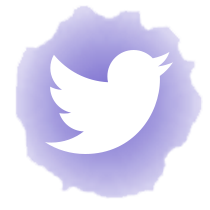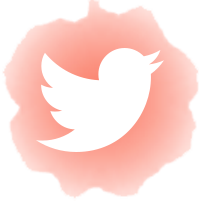“You have power over your mind – not outside events. Realize this, and you will find strength.”
– Roman emperor and Stoic philosopher Marcus Aurelius giving advice that’s still relevant 2,000 years later.

Wellness Tip:
Improve Your Posture
Practicing good posture has more benefits than you might think. Firstly, it’s good for your health. So when your Momma told you not to slouch, she actually had a point! Good posture reportedly opens up your lungs and airways, reduces back pain, and increases energy.
And let’s not even pretend that “text neck” isn’t a real thing…
On top of the physical benefits, good posture may have a strong psychological impact. Research has found that we feel more confident when sitting or standing up straight in comparison to slouching.
It only takes a minute to do a quick check-in on your posture. According to Healthline:
“When sitting, your feet should rest flat on the floor, with even weight on both hips. Your back should be mostly straight (you’ll have natural curves in your lumbar, thoracic, and cervical areas). Your shoulders should be back but relaxed and your ears should line up over your collarbones. When standing, your legs should have a slight knee bend so you’re not hyperextending or locking your knee joints.”
Why not try it today? Setting up reminders can help. One idea is to leave a post-it note on your work desk: Every time you see it, you’ll be prompted to quickly check in on your posture.
Productivity Tip:
Try a Meditation App
How would you like to be more focused, have a sharper mind, and make fewer mistakes? Sounds pretty good, right? Well here’s some good news: there’s a simple way to achieve all of those benefits. And you can do it right now.
We’re talking about meditation. Though we tend not to link meditation to productivity, research shows that meditating can make you more focused and less prone to error.
One study, for example, found that 10 minutes of daily mindful meditation was enough to prevent mind-wandering and keep people focused on a task.
Now, how to make meditation a part of your life? Though it seems wonderfully paradoxical that you should use technology to, well, disconnect from technology, meditation apps are worth a try – especially if you’re just getting started. Why not give one a shot?
Here are some of the best meditation apps to check out:
Routine Breakdown
Tim Ferriss, Author & Entrepreneur

Tim Ferriss has interviewed hundreds of successful people, quizzed them on their routines (check out his podcast if you want to have a listen), and tested out their morning habits to see what works the best. He ended up with this 5-step routine:
- Makes his bed.
- Meditates.
- Does 5-10 reps of an exercise, usually pushups.
- Hydrates.
- Spends time journaling. Ferriss alternates between two types: one for problem-solving and one for prioritizing and gratitude. For gratitude journaling, he considers four categories: “An old relationship that helped him out, an opportunity he had that day, something great that happened yesterday and something simple that is near him or within sight.”
Why it works:
- The simplicity of making your bed means it’s an easy thing to tick off in the morning. The sense of accomplishment sets you off on a positive foot, and makes you feel more in control of your day.
- As we learned above, one of the benefits of meditation is improved focus. Says Ferriss: “You’re practicing focus when it doesn’t matter (sitting on a couch for 10 minutes) so that you can focus better later when it does matter (negotiation, conversation with a loved one, etc.)”
- The 5-10 reps are to get Ferriss awake and into a prime state (i.e, this is not intended as a workout). “Getting into my body, even for 30 seconds, has a dramatic effect on my mood and quiets mental chatter,” he says. Gratitude journaling has a bucketload of benefits – better sleep, lower stress levels, and improved physical health among them. It’s even been shown to make people eat healthier and be more generous!
Your Panda Planner is designed to make gratitude a daily habit. Next time you fill in the “I’m Grateful For” section, why not try Tim Ferriss’ strategy of breaking it down into 3-4 different categories? That way it’s even easier to count your blessings.












